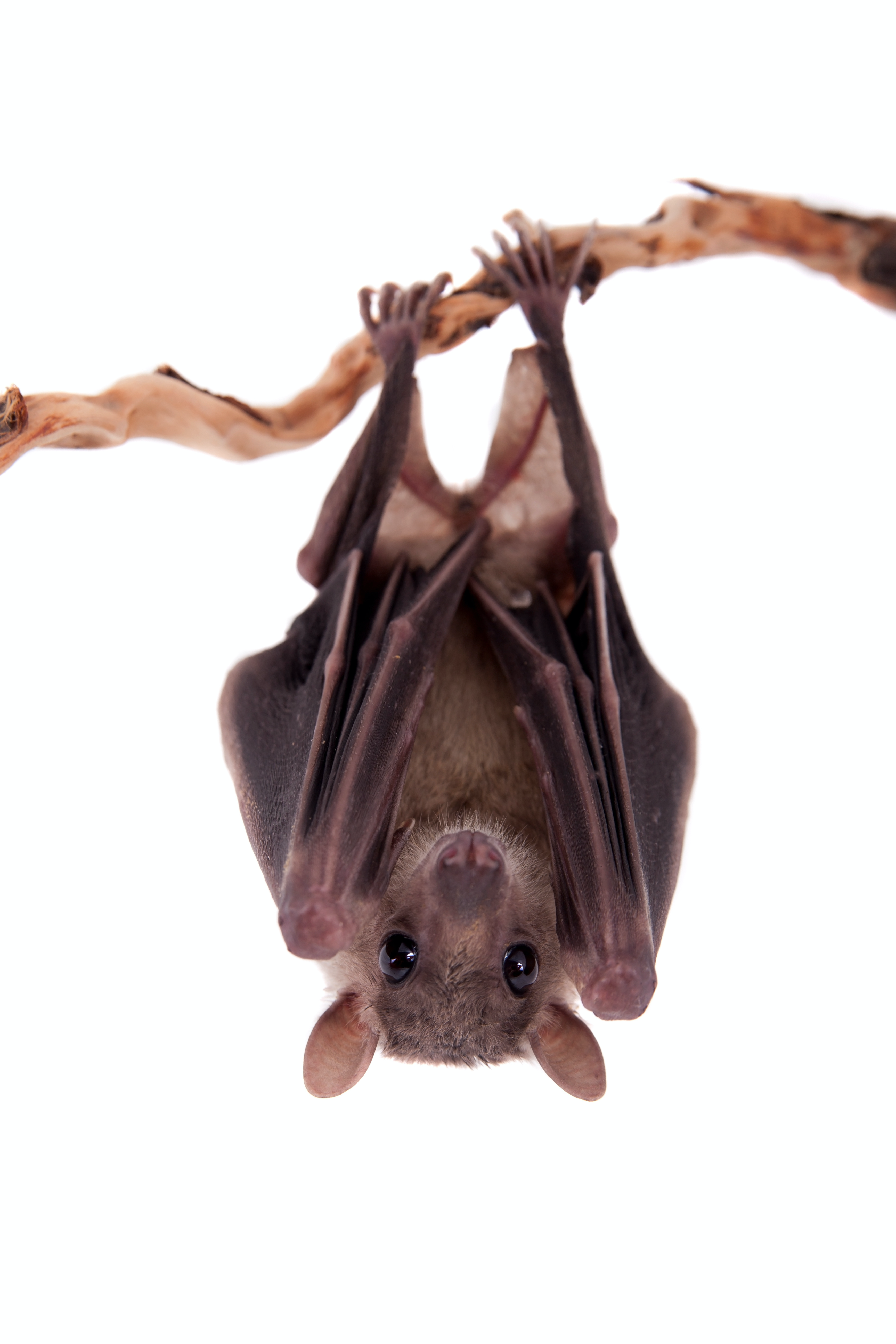bringing science out of the cave
Why Bats?
Importance of Bats
Threats to Bats
Importance of Bats
-
Keystone Species:Bats are keystone species, providing important cornerstones and indicators for ecosystem health for all life on Earth. Approximately ⅓ (495) of known bat species are cave-dwelling. These bats are the pillars for the health of cave ecosystems because the varied diets distribute nutrient-rich guano within the cave, serving as a food source for insects and ground-dwelling animals. These animals in turn serve as a food source for vertebrates, creating a dynamic self-sustaining food cycle.
-
Insect Control:A single colony of 150 big brown bats, a common bat in North America, can consume 1.3 million agricultural pest insects on an annual basis. It is estimated that the dollar value of bat-provided agricultural pest control is 3.7 billion dollars per year in North America.
-
Food Security:Crops that are necessary food sources for people depend on bats for pollination and/or seed dispersal, such as the global banana and mango markets, durian fruit, and breadfruit. The agave plant, which is used to make tequila, relies on pollination by bat species.
-
Biodiversity:Bats promote and protect biodiversity. Of the ~1400 bat species, 528 confirmed species (but likely more) participate in pollination and seed dispersal. In a landscape unafflicted by human change, this is a vital service for ecosystem health. However, the critical nature of this service is compounded by human activity. The pattern of deforestation results in a fragmented landscape, thereby genetically isolating plant species. Because bats can fly great distances, they serve as an important bridge between segregated wilderness areas and maintain genetic diversity amongst physically isolated plant groups and dispersing seeds over cultivated and uncultivated land.
-
Intricate Relationship with Human Health:Reservoir hosts are defined as species that maintain an infectious agent with minimal or absent disease. Different bat species are either known or purported reservoirs for high-consequence human pathogens including viruses that cause hemorrhagic fevers in humans (e.g. Ebola and Marburg virus), viruses that cause encephalitis (e.g. Nipah and Hendra virus), and those that cause respiratory disease such as the original SARS coronavirus. Furthermore, bats are suspected to be the reservoir for SARS-CoV-2, the virus that caused the COVID-19 pandemic. Scientists are increasingly studying bats because of the numerous high-profile human pathogens bats maintain. Zoonotic spillover of these viruses has many components and as yet is poorly understood. What is certain is that land use change and other human impacts on the environment contribute to spillover events through the destruction of bats’ native habitat and additional challenges to their populations.
<
Threats to bats
-
Loss of Habitat:Deforestation occurs at a rate of 10 million hectares of land per year driven by agriculture, harvesting lumber, road construction, urban expansion, mining, and other human-driven activities. Bats are rapidly losing the habitat they call home. Deforestation removes important roosting habitat for many bat species, and people frequently destroy roosts as a means of pest control.
-
Climate Change:Millions of bats die annually as a result of climate change. An example; over 45,000 bats died in 2014 in Queensland, Australia due to heat stroke after an incident of an abnormally high temperature spike.
-
Loss of Biodiversity:109 species of bats are listed on the International Union for the Conservation of Nature (IUCN) Red List as vulnerable, 83 as endangered, 21 as critically endangered, and 9 as extinct. An additional 242 are recognized as “data deficient”, meaning that not enough information currently exists to assign the species an IUCN Red List status. It is difficult to characterize the number of formal health assessments conducted on these species because so little has been done, and that which has been done is either not widely available or succinctly defined. As such, the threat to these animals is likely underestimated.
-
Deliberate Killing:Bats are killed by the thousands due to a lack of knowledge about bats’ important role in the ecosystem, fear of the viruses they may carry, and ancient mythology demonizing and villainizing bats. They are also hunted as a food source in many parts of the world.
-
Infectious Disease:White nose syndrome is a fungal disease decimating North American bats since its introduction to the continent in 2006. It has resulted in the fastest decline of any animal group in history, causing millions of bat deaths. Bats are often regarded as “special” for the high-profile human pathogens they carry with apparently no to minimal disease, but it is extremely important to acknowledge that bats also fall prey to diseases caused by viruses, bacteria, fungi, and parasites.
-


